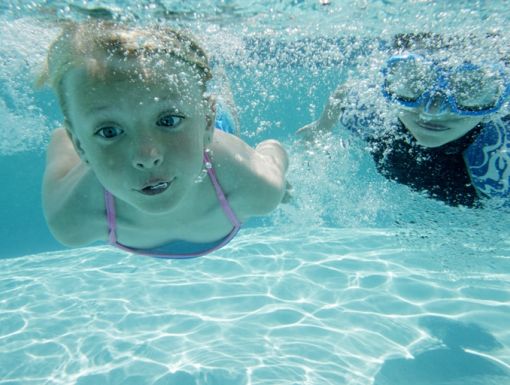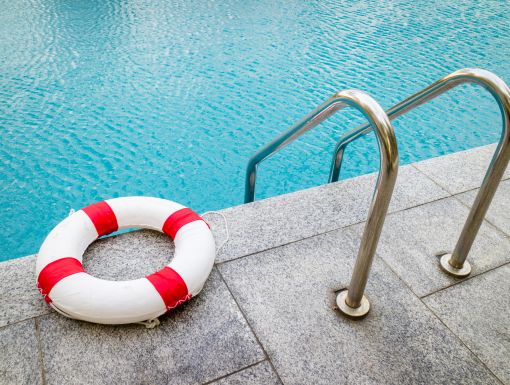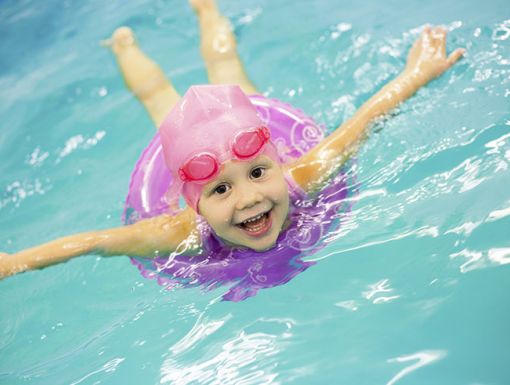
Water Safety: Tips for Parents of Young Children
When summer comes around, one of the best ways to beat the heat is swimming. Swimming is not only a great exercise, but it is also a great family activity. However, many families do not consider the risks involved with swimming. In the United States, 1 in 5 drowning victims is a child between the ages of 1 and 4. Many children receive medical treatment for being submerged in water each year.
It’s important to talk to your children before going to the pool, or any body of water, about the dangers of swimming. Be sure to have established rules for your water outings that your children understand and can easily follow. The best way to keep your children safe around the water is to have established layers of protection.
This begs the question: What are some water-safety precautions for families to discuss before they go to the pool?
We’ve put together five quick tips to keep in mind for parents of young children for some summertime safety!
Do not swim alone.
Before going swimming, always ensure that there is a lifeguard on duty. Lifeguards are trained to respond quickly to any emergencies that can take place in the water. Their job is to advise swimmers on any unsafe conditions the water may have that day. In addition to making sure that a lifeguard is on duty, always swim with a buddy. You and your buddy are responsible for ensuring that the other one is safe at all times during your swim.
Supervision is important.
Always supervise children when they’re in or near the water. A parent should always be within arm’s reach of their child when swimming. Even if your child is older and a confident swimmer, they are prone to trying flips, tricks and dives, which can be dangerous in the water and cause injuries. This rule also applies to children wearing life jackets and floating devices. Floating devices can fail, so the best way to ensure your child’s safety is to stay near them at all times in the water. Always remain vigilant in the water.
Enter feetfirst.
Always enter the water feetfirst. Diving straight into any body of water headfirst can be a risk for injury if the water is too shallow. If your child is interested in diving, be sure to show them the correct and safe way to dive. Always make sure that the water is deep enough to dive. If the area does not have a designated spot for diving, do not allow diving under any circumstances.
Don’t jump in the water to save someone.
Sometimes our first instinct is to jump in and help if we see a child or anyone struggling to keep their head above the water. However, this can lead to a risk of both parties drowning. The safest tip is “reach, throw, don’t go.” That means using a long object to pull the person to safety.
Wear your life vest.
Inexperienced or young children should wear a certified life jacket around or in water. The safest life jackets are those approved by the U.S. Coast Guard. However, remember that any flotation device should never be a reason to ignore general water-safety precautions.
Outside of these safety tips and precautions, the American Academy of Pediatrics (AAP) encourages all people over the age of four to learn to swim. The AAP also encourages adults and older children to learn CPR. Many local pools and clubs offer swimming lessons and CPR classes backed by the American Red Cross. Ask your local pool if they offer them or for a recommendation.
Schedule an appointment with Dr. Fakouri or any of our pediatricians today!



